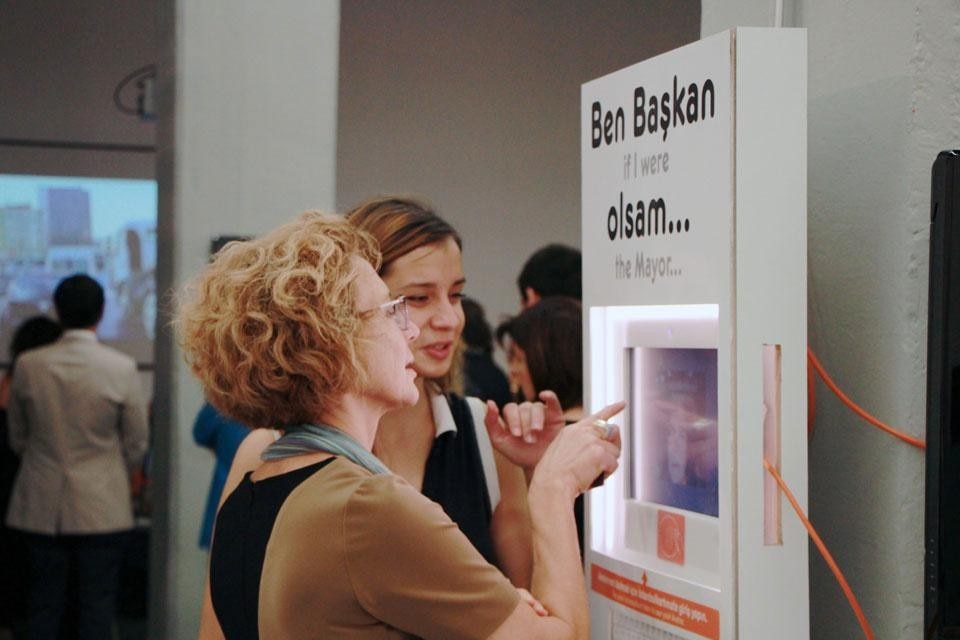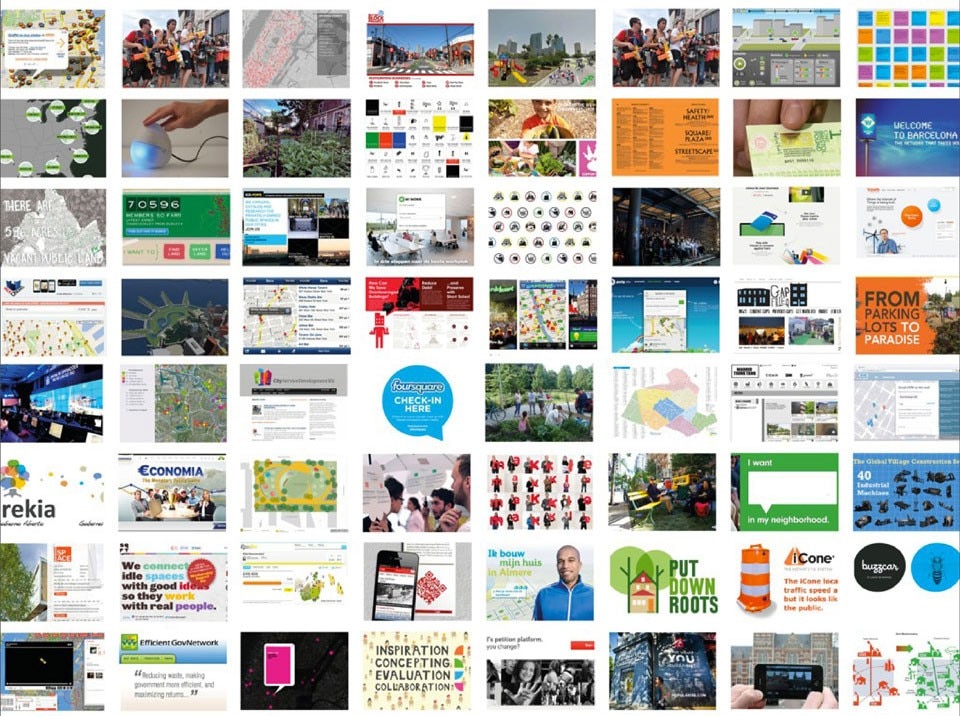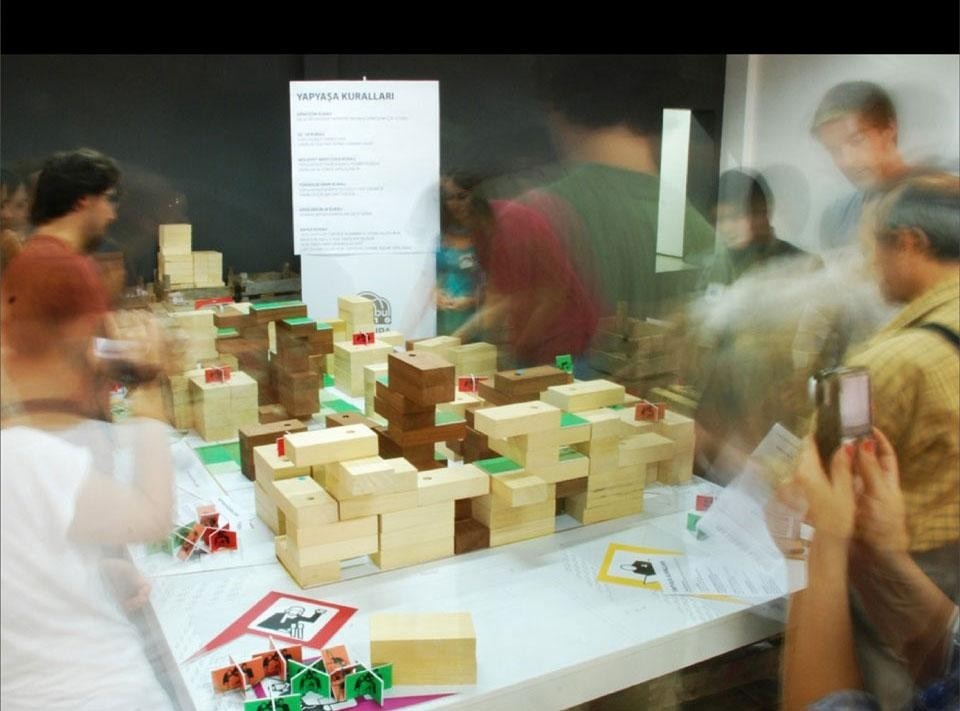The initiative — which stems from her PhD thesis at TU Delft — is inspired by notions like Pierre Levy's "collective intelligence" and Buckminster Fuller's conviction that a game could "make the world a more fair, resilient and peaceful place".
The architect, urbanist and game designer put together a small studio, based in the fast-evolving area of North Amsterdam (Amsterdam-Noord), to devise game-like tools — both analogue and digital — that would bring different urban actors together in playful simulations of real city issues.
In a recent event at Amsterdam's Pakhuis De Zwijger, which took place during the World Smart Capital initiative, Tan's colleague and Play the City project manager Lilly Lam outlined the studio's achievements and research for the audience, in a quick yet intense roll across the practice's four years of activity.
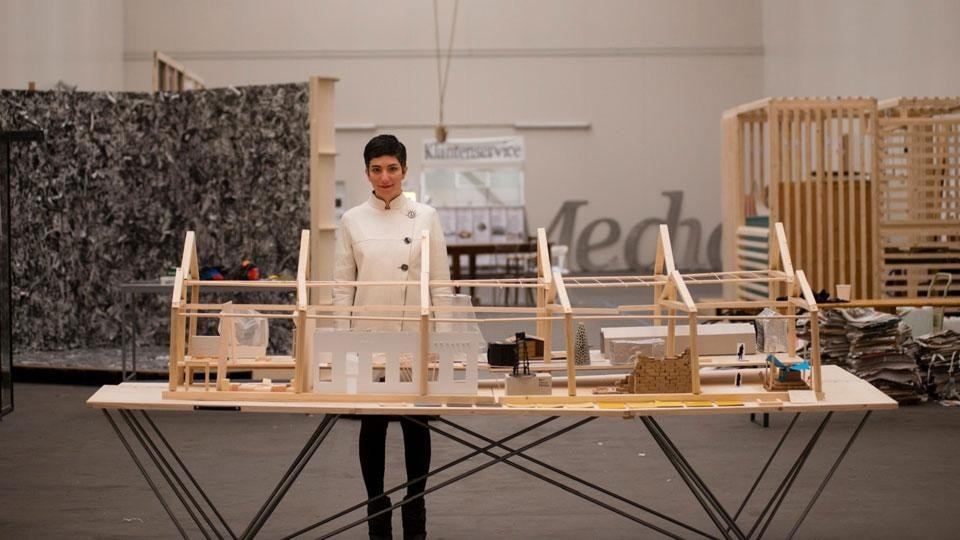
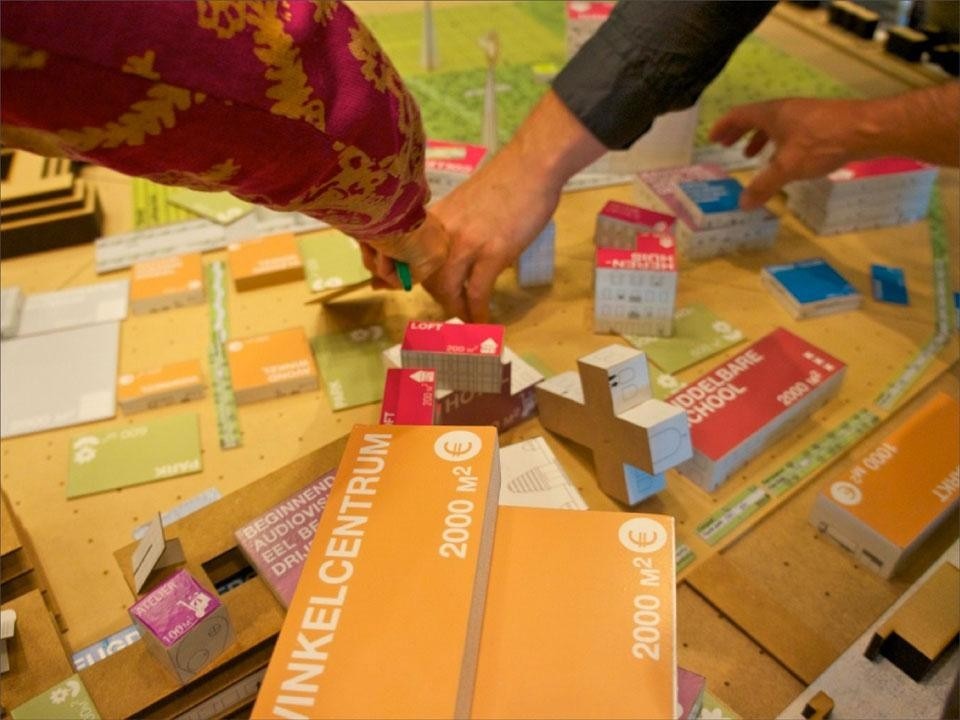
Play the City's most encompassing project to date is perhaps Majority Report which Lam explained in quite some detail at the Pakhuis De Zwijger event.
With the premise that new interactive city tools pop up every day, the Play the City staff is compiling an extensive database for their evaluation, inviting the network's members to chime in with suggestions or criticism. The gaming aspect is now the object of study rather than the matter itself, but — since the ultimate goal of Play the City's games is to produce reports and draw conclusions from experience — we can say the spirit stays intact.
A good thing about Play the City is the stress on analogue/digital synergies, and Lam's presentation also took a little time to break down how these initiatives can actually affect society and make real change
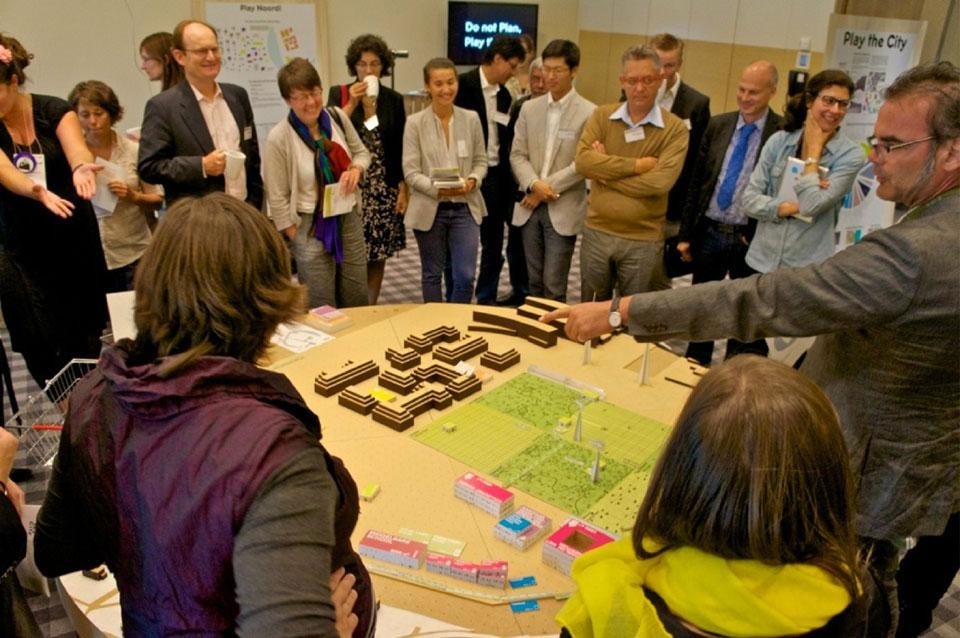
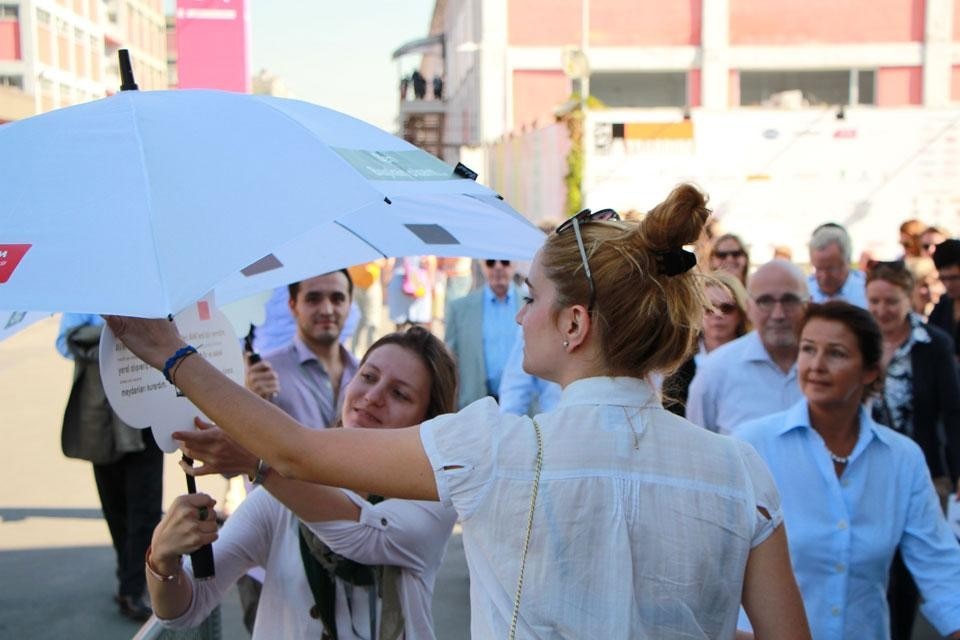
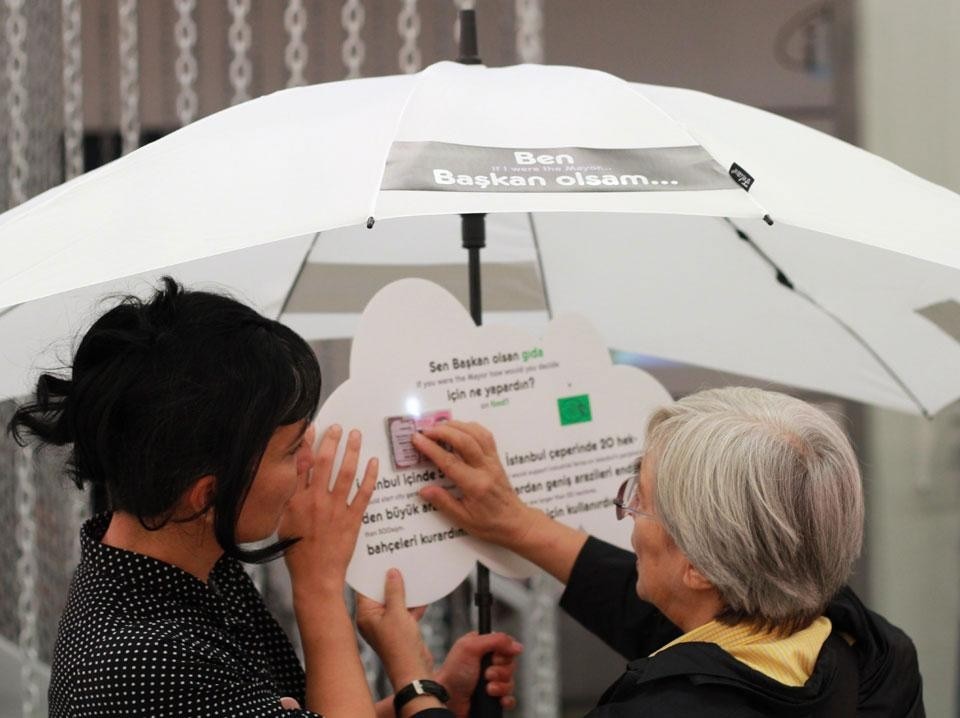
Another notable Amsterdam-based analogue/digital hybrid is the Makkie, a local currency for the Indischebuurt neighbourhood meant to connect people through favours and services on a local level. Examples like these show how social ties are crucial, and that connecting with social media like MeetUp and Peerby can make them stronger.
